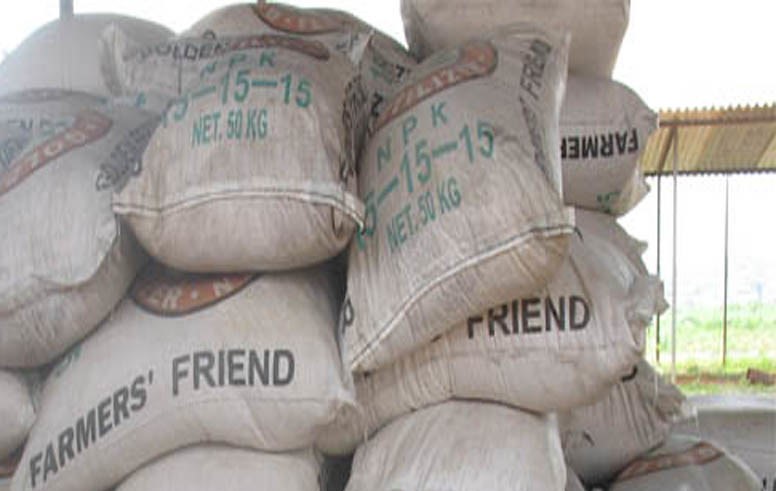This post is the second of a series on fertilizing and the three major elements. To see the first post, click here.
In this post, we will cover how each of these three elements benefit plants, what a shortage in the plant looks like, what an excess of the element does to a plant and organic sources of each element.
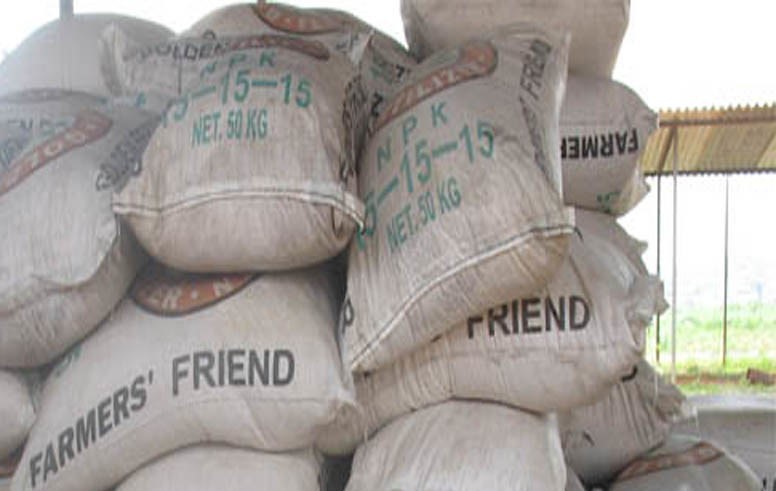
Photo courtesy of https://live.staticflickr.com/8465/8144240712_a360789692_z.jpg
The Major Elements: Three Letters and Three Numbers
The three letters N-P-K are the scientific symbols standing for Nitrogen, Phosphorus, and Potassium. On a bag of fertilizer you will see three numbers. For instance, you might see 15-15-15. Those three numbers are required labeling and represent the three elements (N-P-K). As well, those three numbers represent the percentage of the three major elements: nitrogen (N), phosphate (P2O5), and potassium (also called potash) (K2O3). For example, a bag which is labeled 20-10-5 means 20% of the bag is nitrogen, 10% phosphate, and 5% potassium.
You may find smaller N-P-K numbers on organic fertilizers, but in this case bigger isn’t necessarily better. The sources of organic fertilizers are more available to plants and can release the elements more slowly. Those two attributes may cause the organic fertilizers to work better in your garden. Your microbes and the planet can benefit from organic fertilizers and you can still get the strong, healthy growth you want.
#1 of the Major Elements: Nitrogen
When you think nitrogen, think green and leaves. This major element supports the growth of leaves, and leafy plants, such as lettuce, use more nitrogen to grow. Because this element is water soluble, it moves though the soil and through the plant easily.
Plants Use of Nitrogen
Nitrogen is part of the chlorophyll molecule and it is the chlorophyll molecule that makes plants’ leaves green. Through the process of photosynthesis, sunlight and chlorophyll create the food necessary for the plant’s leaves to grow. This major element supports rapid growth, seed and fruit production and particularly is used by leaves and forage crops. Fruit size increases with higher levels of nitrogen.
Nitrogen deficiency
Lack of nitrogen causes leaves to look yellow, a condition known as chlorotic. Because nitrogen is also a part of the protein molecule, plants deficient in nitrogen will have less protein compared to those with adequate nitrogen.
Plants deficient in nitrogen may be stunted, with older leaves or whole plants yellowish green. This is a result of plants taking nutrients away from older leaves, and sending it to the younger ones in a desperate attempt to survive. This process is called “firing” leaves.
Nitrogen deficiency can also cause the plant to set less fruit or for the fruit to be misshapen.
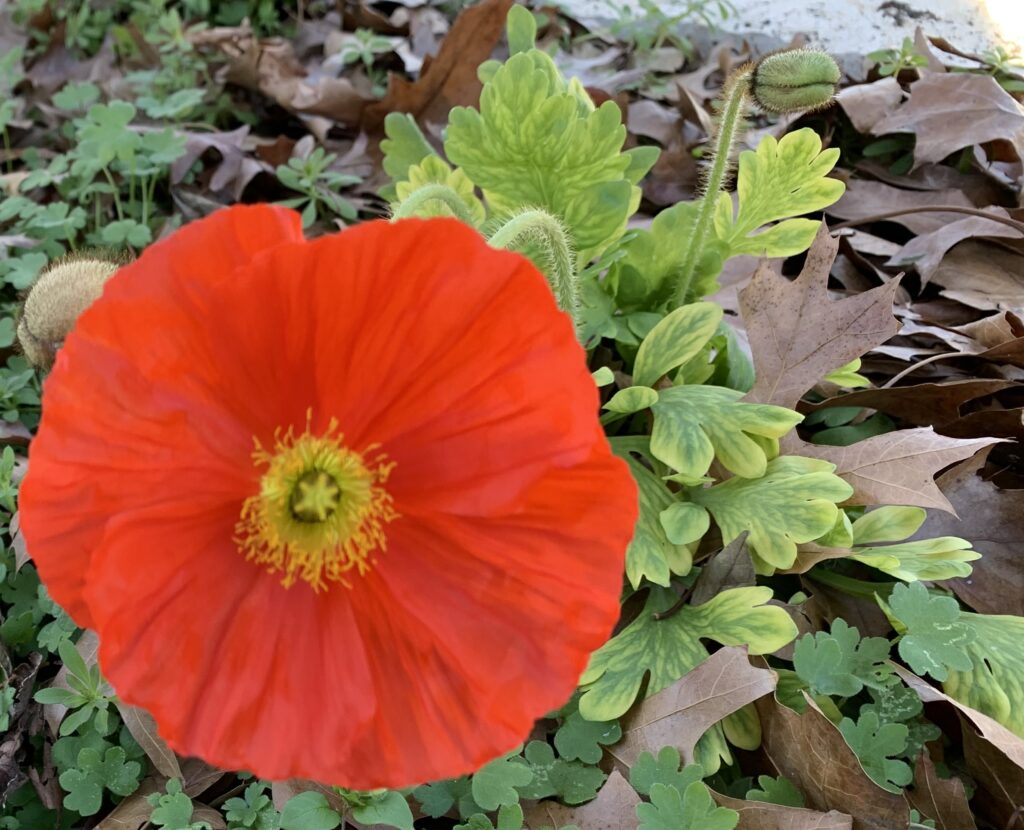
Excess Nitrogen
According to Goodfruit.com, fruit color development can be limited by the presence of too much nitrogen.
Too much nitrogen can cause leaves to be too green, cupped, tinged with yellow or brown, and may leave plants vulnerable to insects. Remember, healthy plants resist insects the best. Also, too rapid a growth from excess nitrogen can cause the stems of plants to be weak.
Organic Sources of the Major Element Nitrogen
One very good source of nitrogen is fresh manure. Fresh manure is mostly urea, and the molecular equation for urea is CH4N2O. The N in that equation shows that it contains nitrogen. Fresh nitrogen is so strong it can burn your plants. Therefore, if you plan to use it immediately, spread the manure on your garden bed, and wait a month before planting.
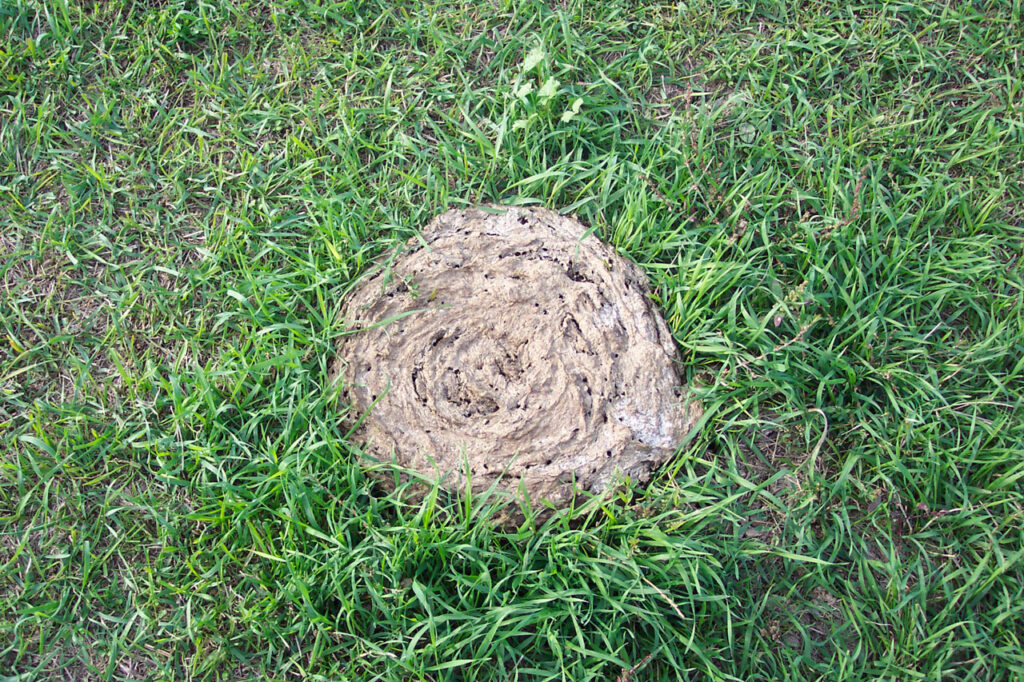
Alternatively, you can add fresh manure to your compost pile, and after composting, add it to your garden bed.
Bloodmeal, fish meal, fish emulsion and bat guano are other good sources of nitrogen. Remember the stories we heard in elementary school about Native Americans burying a fish alongside the seeds they were planting to increase the fertility of the soil. The fish added nitrogen to the soil.
#2 of the Major Elements: Phosphorus
The second number on the fertilizer bag is phosphorus. When you think of this major element, think roots and fruits. Phosphorus, like nitrogen, plays a major role in photosynthensis, just in a slightly different way.
Phosporus, unlike nitrogen, is not water soluble and therefore does not move thorough the soil. It is often applied in bands to allow the roots of the plant to find it.
Plants Use of Phosphorus
Phosphorus effects rapid growth, encourages blooming and root growth. This major element is also important for proper plant maturation and withstanding stresses, such as heat stress or wind stress.

Phosphorus deficiency
Purple foliage, dull, yellowed foliage, and slow growth are symptoms of phosphorus deficiency.
Excess Phosphorus
Phosphorus accumulates in the soil so be careful not to add too much of this major element sources. Too much phosphorus could lead to a zinc deficiency
Organic Sources of the Major Element Phosphorus
Greensand and soft rock phosphate are organic sources of phosphorus.
#3 of the Major Elements: Potassium
When you think of this third major element (potassium, scientific symbol, K), think fruit quality and disease prevention. ‘
You will sometimes hear the term potash used. This refers to the chemical compound K2O3 (remember potassium is an element.)
Potassium plays a role in opening and closing the tiny openings in leaves, called stomata.
The stomata allow CO2 to enter the plant during photosynthesis, and then allows the plant to convey waste (including O2) out of the plant. You may recall from high school biology that plants use CO2 and give off O2 which allows humans and other animals to breathe.
Plants Use of Potassium
Plants use potassium in two major ways. First, potassium regulates the stomata. The ability of the plant to close the stomata helps plants resist drought (by conserving water) and heat. Second, potassium contributes to photosynthesis which builds protein and fruit quality. The result of these two uses of potassium is to reduce the diseases because it contributes to the plant’s overall health.
Potassium deficiency
You can see potassium deficiency in your plants by brown or yellow scorching around the edges of leaves, flowers may be dull and sparse, fruit yield may be low and of poor quality. Plus, the deficiency of this major element causes plant tissues to be soft and susceptible to attack from pests.
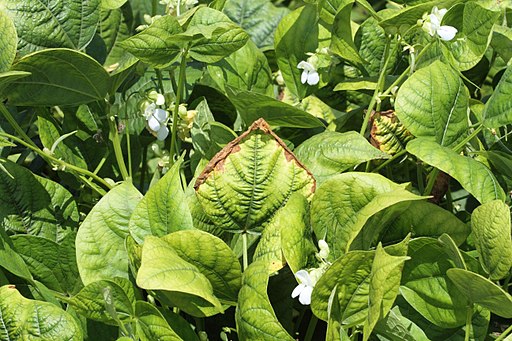
Potassium excess
An excess of potassium can block the uptake of magnesium, causing a deficiency of that element.
Organic Sources of the Major Element Potassium
Organic sources of potassium are coffee grounds, granite sand, greensand, kelp meal, and Sul-Po-Mag. Sul Po Mag is a naturally occurring crystalline material, known as langbenite. It is an excellent source of readily available sulfur, potassium and magnesium which has been derived from sulfate of potash magnesia.
Excess Fertilizer Kills
While an appropriate amount of fertilzer can lead to healthier plants, take caution. Too much fertilizer will stunt or kill your pllants. As with many things in life, use moderation. The best method is to use a soil test to determine which elements are lacking, and treat according to the results.
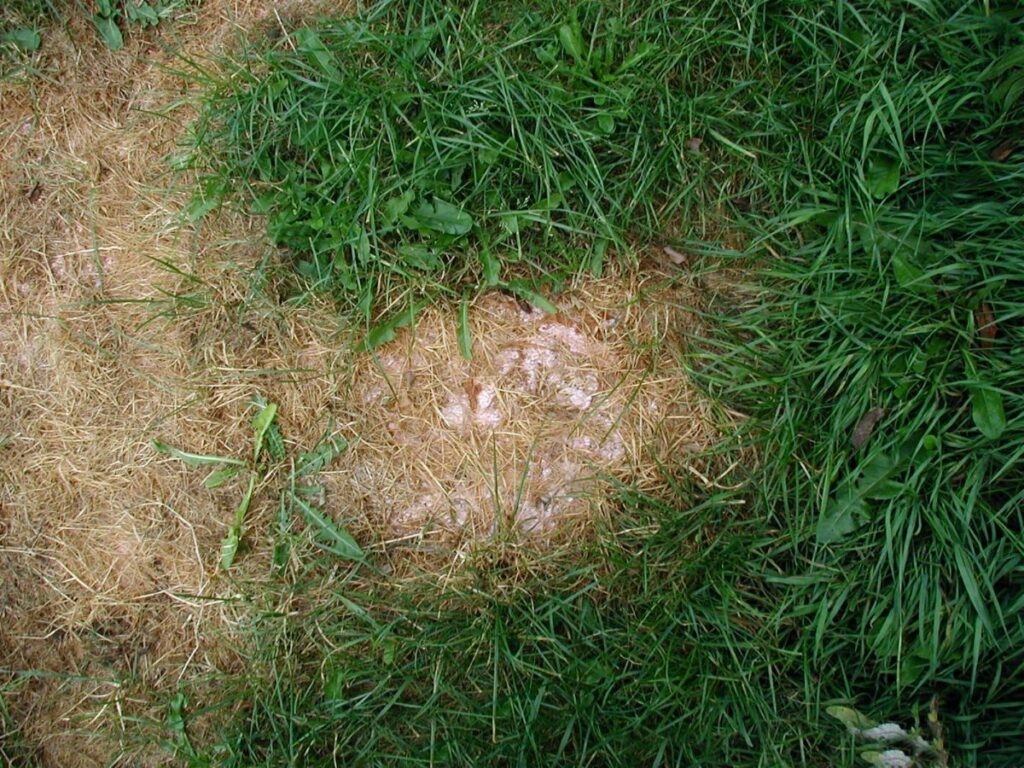
Photo courtesy of Sten Porse, CC BY-SA 3.0 http://creativecommons.org/licenses/by-sa/3.0/, via Wikimedia Commons
Makes you want to say “Hmm”
“We throw away nutrients for our plants in underground sewage systems. We do this in such a way that pollutes underground water tables. Then we buy manufactured “nutrients” for our plants which aren’t as good as what we threw away. This is modern day wastewater “technology”. Michael Reynolds – Earthship Vol. 2: Systems and Components
